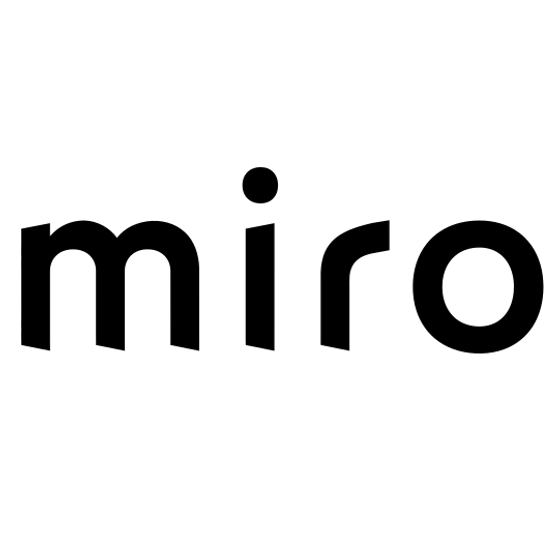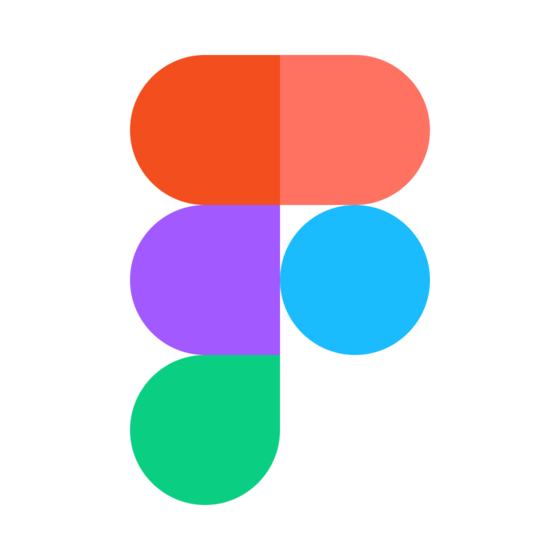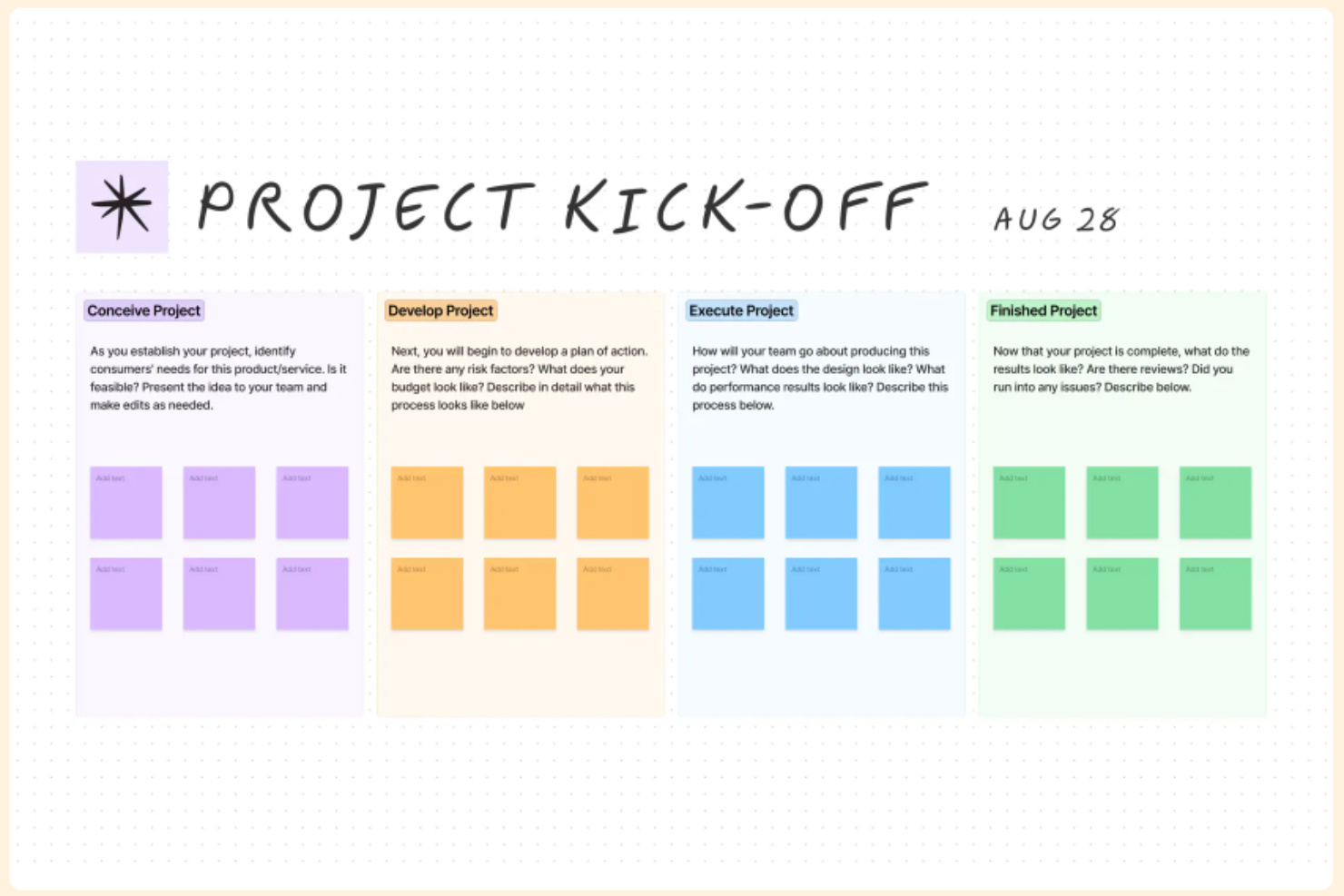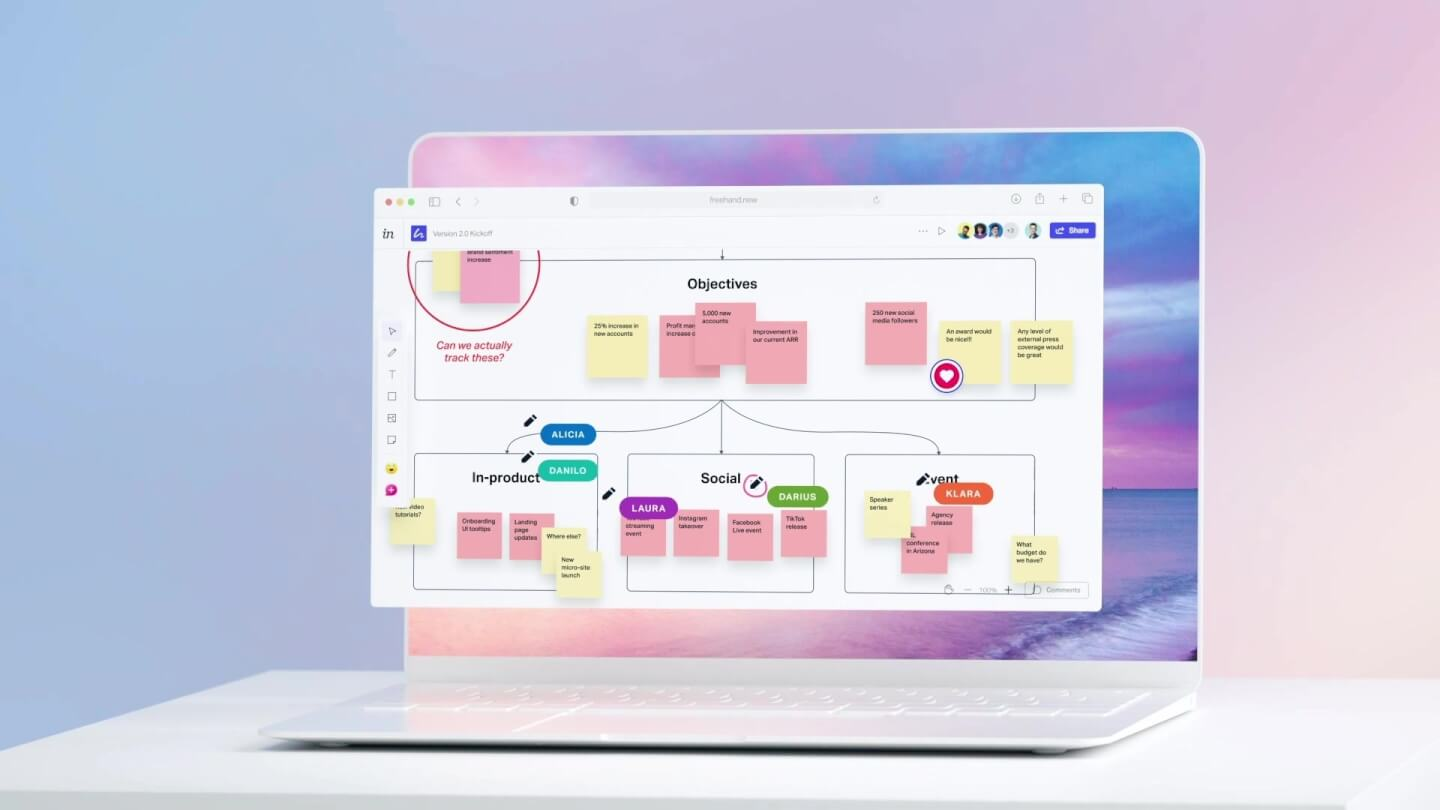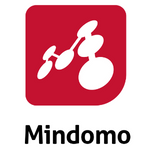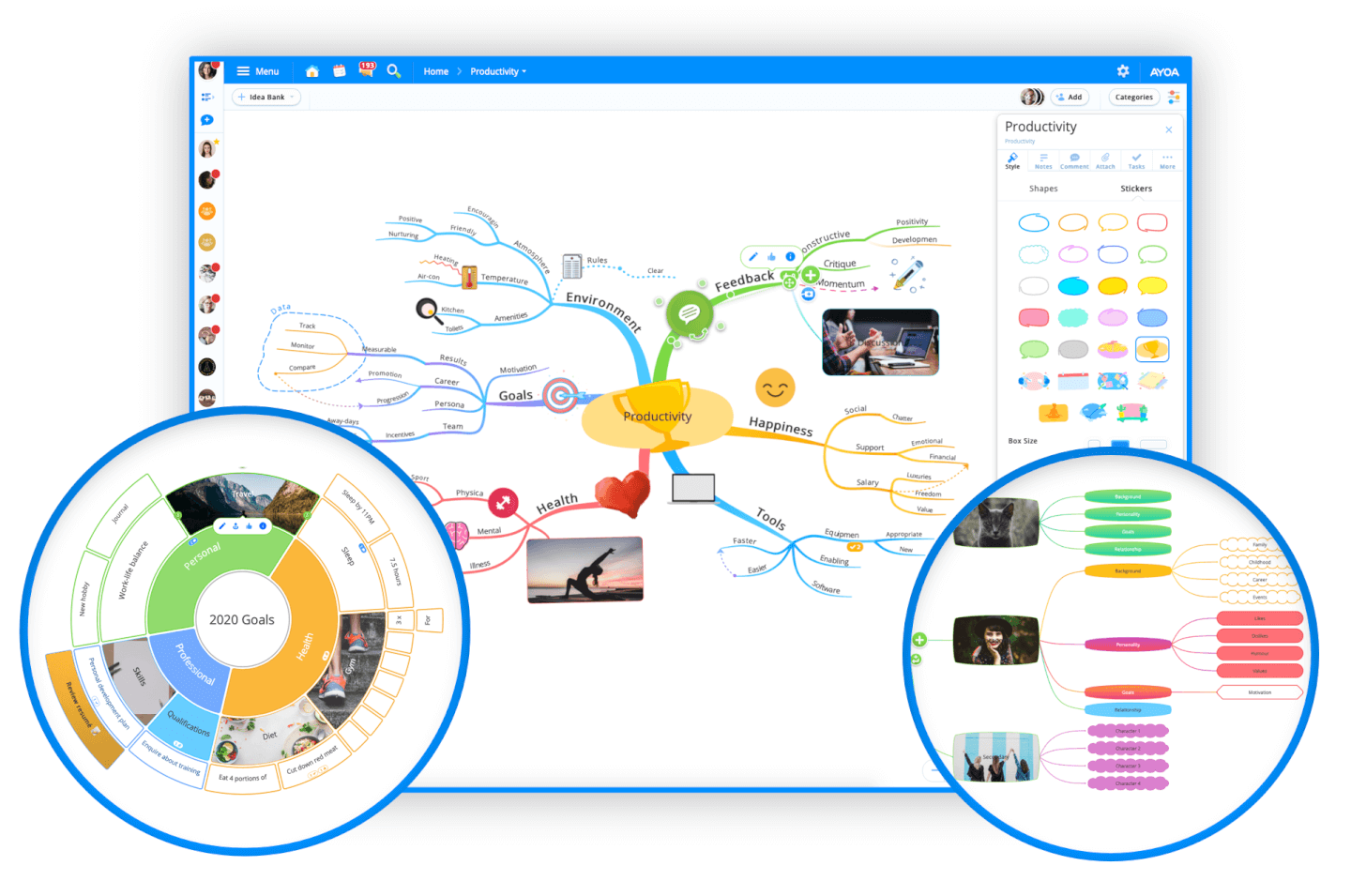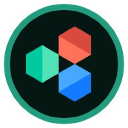10 El Mejor Software de Mapas Mentales
Here's my pick of the 10 best software from the 20 tools reviewed.
Realizar sesiones de lluvia de ideas con un equipo remoto tiene el potencial de convertirse en un desastre. Las personas realmente no se involucran en sesiones remotas a través de herramientas de videoconferencia, y se convierte en una situación en la que nos turnamos para hablar y generar ideas. Aquellos más experimentados utilizarán un documento compartido de Google, pero nada supera lo que el software de mapas mentales puede hacer por ti.
Para ayudarte a elegir el mejor software de mapas mentales que se adapte a las necesidades de tu equipo, he probado y revisado algunas de las mejores opciones disponibles en el mercado.
¿Qué es el software de mapas mentales?
También conocido como software de mapeo conceptual, el software de mapas mentales es una herramienta que te permite crear diagramas visuales de tus ideas. Se utiliza en diferentes tipos de equipos para conceptualizar todo tipo de proyectos, líneas de tiempo, flujos de trabajo y más. El software permite a los miembros del equipo construir un mapa mental juntos utilizando sus funciones de colaboración y herramientas de diagramación.
Descripciones de los Mejores Software de Mapas Mentales
Aquí se encuentra la descripción de cada herramienta con más detalle. Siéntete libre de revisar cómo seleccioné el software en esta lista en cualquier momento.
Miro
Mejor software de mapas mentales con herramientas de comunicación integradas
Miro es un pizarra en línea colaborativa con más de 1,000 plantillas, incluyendo mapas mentales, tableros Kanban, gráficos de Gantt, bocetos de productos, paneles de investigación y diagramas de flujo. Es confiable para el 99% de las empresas Fortune 100 y es utilizado por equipos en TransUnion, HP, Upwork, Cisco, Qlik y Atkins. La plataforma visual de Miro está diseñada para el trabajo híbrido y cuenta con recursos sólidos para el aprendizaje continuo, como Miro Academy, eventos en línea y un foro comunitario.
Prueba una de las principales plantillas de Miro: el Mapa Mental. Es una forma rápida e intuitiva para que los equipos capturen, organicen y estructuren ideas. El mapeo mental capacita a los equipos presenciales, remotos y híbridos para hacer lluvias de ideas, planificar proyectos, diseñar arquitecturas de información, crear organigramas y desarrollar estrategias de ventas. Además, en Miro, la comunicación es fluida con chat, comentarios y la capacidad de organizar automáticamente y agregar contenido a tu mapa.
En The Digital Project Manager, utilizamos Miro para mapear agrupaciones de contenido y visualizar flujos de trabajo de contenido desde el inicio (generación de ideas) hasta el final (publicación del contenido en nuestro sitio).
Miro tiene integraciones con una amplia gama de herramientas, incluyendo Zoom, Figma, Asana, Microsoft Teams, Jira, Slack, Google Drive, Box, Airtable, Notion, Azure y Webex. Algunas integraciones están disponibles solo en planes pagados.
Miro es gratuito para un número ilimitado de miembros con hasta 3 pizarras editables. Los planes pagados comienzan en $8 por usuario al mes (facturados anualmente).
Mejor para crear mapas mentales en vivo durante juntas de equipo
FigJam es una herramienta de pizarra digital desarrollada por Figma, diseñada para facilitar la lluvia de ideas y la creación de mapas mentales en línea. Es como un parque de diversiones virtual para tus ideas, donde puedes dibujar, escribir y mover cosas como lo harías en una pizarra física. Es una excelente herramienta para cualquier persona que necesite visualizar sus pensamientos, desde diseñadores y desarrolladores hasta gerentes de proyectos y educadores.
Elegí FigJam porque es una herramienta realmente intuitiva y fácil de usar. No necesitas ser un experto en tecnología para aprender a usarla. La interfaz es limpia y sencilla, así que puedes concentrarte en tus ideas en lugar de descifrar cómo usar el software.
Gracias a sus funciones de colaboración en tiempo real, FigJam también es una herramienta versátil para la creación de mapas mentales que puedes utilizar en tus reuniones de proyecto o sesiones de seguimiento semanales. Puedes invitar a los miembros de tu equipo a unirse a tu pizarra y ver cómo se mueven sus cursores en tiempo real. Es como estar en la misma habitación, creando juntos ideas en la misma pizarra. También puedes agregar comentarios y reacciones a las ideas de los demás, lo que hace que el proceso de lluvia de ideas sea más interactivo y divertido.
FigJam se integra con Asana, Dropbox, Microsoft Teams, Notion, Slack, Trello y numerosas herramientas para prototipado, pruebas de usuario y entrega a desarrolladores.
InVision Freehand es una pizarra en línea gratuita que se puede utilizar para mapas mentales colaborativos, tomar notas y crear wireframes. Es utilizado por equipos de empresas Fortune 500 como Microsoft, Amazon, American Express y KPMG.
Desde gerentes de producto y especialistas en marketing hasta reclutadores e ingenieros, la simplicidad de Freehand hace que todos se sientan cómodos desde la primera vez que lo prueban. Ya sea que estés haciendo una lluvia de ideas, planificando o facilitando una reunión, Freehand te permite pasar más tiempo contribuyendo que tratando de entender cómo contribuir.
Puedes dibujar una variedad de formas rápida y fácilmente con herramientas intuitivas y conectar formas con conectores de línea magnéticos. Luego, agrega notas adhesivas y colabora con otros en tiempo real en un lienzo compartido. La integración con Microsoft Teams te permite co-crear durante una reunión en vivo o de manera asincrónica a través del chat.
Algunas características destacadas incluyen: plantillas predefinidas de empresas líderes; características de facilitación como votación, modo de presentación y notas adhesivas; controles avanzados como bloqueo e historial de versiones. Los planes empresariales pueden acceder a plantillas personalizadas, integraciones SSO, SCIM, registro de auditoría y un equipo de éxito del cliente dedicado.
InVision Freehand es gratuito para hasta 10 usuarios y 3 proyectos. Los planes pagados tienen un costo a partir de $4.95 por usuario al mes.
MindGenius es una combinación de creador de mapas conceptuales y herramienta de planificación de proyectos. Está diseñado para su uso en entornos educativos, así como para freelancers, pequeñas empresas y agencias.
La suite de MindGenius incluye la creación de mapas mentales mediante arrastrar y soltar, junto con características de planificación de proyectos como gráficos de Gantt, vistas de tareas kanban y algunas herramientas básicas de informes de proyectos. Ofrecen varias características para hacer que los mapas mentales sean más útiles, con herramientas de filtrado, resaltado y etiquetado para ayudarte a organizar y presentar tus mapas mentales de manera efectiva. MindGenius también se integra con Microsoft Office, por lo que puedes exportar fácilmente datos de proyectos y mapas mentales a Word, Excel, Outlook y PowerPoint, así como a Microsoft Project.
En general, MindGenius es una herramienta útil para la lluvia de ideas que te ayuda a convertir tus mapas mentales de simples documentos de brainstorming en herramientas para gestionar tus proyectos y tu negocio. Constantemente lanzan nuevas características interesantes; más recientemente, su versión MindGenius 2019 ofrece formas de compartir información con otros mediante integración con MindGenius Online, Twitter, Facebook y servicios como Dropbox, OneDrive y Google Drive.
MindGenius ofrece dos modelos de precios: Perpetuo y Suscripción. El Perpetuo cuesta $256, mientras que la Suscripción tiene un costo de $160 en el primer año y $56 anualmente a partir del segundo año. Una suscripción incluye actualizaciones a todas las futuras revisiones de MindGenius.
Creately
El mejor software gratuito de mapas mentales con plantillas de diagramas UML y funciones de colaboración en tiempo real
Creately es un espacio de trabajo visual en línea con capacidades avanzadas para dibujar mapas mentales en línea de manera rápida y sencilla. Es adecuado tanto para uso individual como en equipo y se puede utilizar en cualquier industria, desde marketing hasta educación.
Tiene un lienzo infinito, una funcionalidad de arrastrar y soltar simple y la capacidad de crear accesos directos para visualizar y organizar información e ideas. Con su barra de herramientas contextual, también puedes codificar por colores y dar formato a los mapas mentales con facilidad. La herramienta cuenta con una amplia biblioteca de plantillas de mapas mentales adecuadas para todo tipo de escenarios, como lluvia de ideas, pensamiento de diseño, resolución de problemas, documentación de investigaciones y más.
Creately te permite copiar y pegar o arrastrar y soltar imágenes y gráficos desde tu dispositivo, o buscar y agregar más elementos con su opción de búsqueda de imágenes de Google integrada. También puedes agregar hipervínculos que se pueden mostrar directamente dentro de la aplicación con un iFrame, para hacer tus mapas mentales más útiles.
También puedes colaborar con otros en tu equipo o con tus clientes en tiempo real utilizando videoconferencias integradas o comentarios en línea que también funcionan como una función de chat en la aplicación.
Puedes realizar un seguimiento de los cambios que realizan otros miembros del equipo en el lienzo con vistas previas de cambios en tiempo real y seguimiento en vivo del mouse. Además, puedes exportar tu mapa mental en formatos SVG, PNG, JPEG o PDF para imprimir o publicar, o puedes incrustarlos como imágenes en una página web o documento con un enlace seguro.
Creately también tiene complementos para Slack, Google Drive, Google Docs y Confluence, y una versión de escritorio. Sin embargo, la versión gratuita de Creately solo permite 3 colaboradores; si tienes un equipo más grande, deberás considerar cambiar a una versión de pago.
Whimsical es un software de mapas mentales diseñado para la ideación en equipo en tiempo real (o asincrónica). Los usuarios pueden comentar en conexiones individuales y seguir el cursor de un compañero de equipo en el mapa. Tus mapas mentales se pueden integrar con otros archivos de Whimsical para que puedas alternar entre mapas mentales, wireframes, proyectos y documentos.
Whimsical también te brinda la capacidad de crear mapas mentales sin opciones de estilo complicadas. Los atajos de teclado te ayudan a organizar tus ideas, que puedes agregar en forma de texto, imágenes, enlaces e incluso iconos de la biblioteca de Whimsical.
No es necesario descargar aplicaciones adicionales ni extensiones de navegador para usar los mapas mentales de Whimsical, ya que todas las funciones están disponibles en tu navegador.
Whimsical tiene una integración directa con Github y se puede incrustar en documentos de Notion. También admite la autenticación de dos factores con cualquier aplicación de autenticación.
Whimsical tiene un costo a partir de $10 por usuario al mes. Puedes crear hasta 1,000 elementos en Whimsical de forma gratuita.
Mindomo
El mejor software de mapas mentales por su experiencia fácil de usar y multiplataforma en la nube, escritorio y dispositivos móviles.
Mindomo es un generador de mapas conceptuales fácil de aprender dirigido a profesores y estudiantes, pero es útil para pequeñas empresas y agencias corporativas. Ofrece una suite de herramientas de mapeo mental con énfasis en la colaboración, brindando a los usuarios la capacidad de co-crear, compartir y presentar fácilmente sus mapas mentales.
Algunas de las herramientas de mapeo mental más útiles de Mindomo incluyen la colaboración en tiempo real, una biblioteca de plantillas, la capacidad de agregar enlaces, video y audio a los mapas mentales y la posibilidad de buscar rápidamente imágenes web directamente dentro de la aplicación. Puedes convertir rápidamente mapas mentales en presentaciones con su función de Modo de Presentación, o exportar en varios formatos (pdf, .docx, .pptx, .txt, .opml, .mpx, .html, .zip, .png).
En general, Mindomo es un software práctico y fácil de usar para la creación de mapas mentales que se centra en hacer una cosa y hacerla bien. Sus aplicaciones móviles nativas hacen que sea aún más conveniente usar esta herramienta, lo que permite a los usuarios crear y editar mapas mentales sin conexión desde cualquier dispositivo móvil (Android, iPad, iPhone, etc.). Además, las integraciones de Mindomo son más numerosas que la mayoría de otros software de mapas mentales, incluyendo integraciones con Google Apps, Office365 y LTI con aplicaciones educativas como Canvas, Blackboard, Moodle, Desire2Learn, itslearning, Schoology y otros.
El precio de Mindomo es de $6 por usuario al mes, y también ofrecen un software de mapas mentales gratuito que admite hasta 3 mapas mentales.
Ayoa fue desarrollado por Chris Griffiths, el principal experto en mapas mentales del mundo, quien trabajó con Tony Buzan durante más de 20 años, el inventor del Mapa Mental.
Ayoa imita el proceso de pensamiento natural a través de mapas mentales orgánicos y es el único software de mapas mentales con inteligencia artificial incorporada, así como capacidades de mapas mentales a mano alzada. Ayoa es la combinación perfecta de pizarra blanca, gestión de tareas y herramientas de mapas mentales.
Ayoa cuenta con potentes funciones de pizarra blanca, como la adición de texto en formato libre, documentos, notas, imágenes y listas. También puedes dibujar diagramas, flujogramas e incluso incrustar otras pizarras. A pesar de todas estas funciones, sigue siendo fácil de usar, lo que lo hace perfecto para generar ideas durante lluvias de ideas, tomar notas en reuniones, impartir lecciones y planificar diversos proyectos.
Ayoa es perfecto para crear mapas mentales orgánicos divertidos e impresionantes que fomentan la creatividad mientras te ayudan a resolver problemas complejos o aprender temas complicados. Ayoa también es ideal para realizar presentaciones memorables.
El mejor software de mapas mentales de grado profesional por su modo de lluvia de ideas basado en temporizador
Cuadro de Comparación de los Mejores Software de Mapas Mentales
La tabla a continuación ofrece un resumen básico de las principales herramientas de mapas mentales incluidas en esta revisión. Obtén una visión general de la información básica sobre precios, información sobre pruebas y la puntuación general de calidad de cada herramienta, y luego lee una revisión detallada de cada una de ellas a continuación.
| Tools | Price | |
|---|---|---|
| Miro | Desde $10 por usuario al mes | Website |
| FigJam by Figma | Desde $3 USD /usuario/mes | Website |
| Invision | A partir de $7.95 por usuario al mes | Website |
| MindGenius | Primer año $160, a partir del segundo año $56 | Website |
| Creately | A partir de $4 por usuario al mes | Website |
| Whimsical | A partir de $10 por usuario al mes | Website |
| Mindomo | A partir de $6 por usuario al mes | Website |
| Ayoa | Desde $10 por usuario al mes (facturado anualmente) | Website |
| Edraw Wondershare | No price details | Website |
| ConceptDraw MINDMAP | No price details | Website |

Compare Software Specs Side by Side
Use our comparison chart to review and evaluate software specs side-by-side.
Compare SoftwareOtros Software de Mapas Mentales
Las opciones a continuación no llegaron al top 10, pero vale la pena echarles un vistazo si estás buscando más herramientas.
- MindManager
Herramienta de mapas mentales que funciona con Microsoft Teams y es compatible con Windows/MacOS.
- XMind
La mejor aplicación móvil para mapas mentales
- Visio
El mejor software de mapas mentales para usuarios de Microsoft
- Slickplan
El mejor diseñador de diagramas para equipos de planificación web
- Coggle
El mejor para mapas mentales incrustables
- MindView
El mejor por su espacio ilimitado para adjuntar documentos y sus características de exportación
- SmartDraw
El mejor para plantillas de mapas mentales
- Milanote
El mejor software de mapas mentales multimedia
- Lucidspark
El mejor pizarra virtual para mapas mentales y colaboración
- MindMeister
La mejor herramienta de mapas mentales para negocios y educación
Criterios de Selección para el Mejor Software de Mapas Mentales
La funcionalidad más importante que debe tener un software de mapas mentales es un creador de mapas mentales. Este es el lienzo en blanco que te ayuda a representar ideas visualmente. Evalué el software en función de esta funcionalidad principal y utilicé los siguientes criterios de selección para reducir mi lista:
Características Clave
Estas son las características clave que busqué en cada plataforma de software:
- Colaboración en tiempo real: La capacidad para que múltiples usuarios trabajen juntos para crear el mapa mental al mismo tiempo.
- Herramientas de compartición: La capacidad para compartir tu mapa mental ya sea con un código de inserción o exportándolo como un archivo PDF o PNG.
- Herramientas de presentación: Algunos programas tienen pantalla compartida o un modo de presentación, o te permiten crear presentaciones estilo PowerPoint.
Usabilidad
Busco una interfaz de usuario amigable e intuitiva que no tenga una curva de aprendizaje demasiado pronunciada. Debe ser fácil entender cómo crear, personalizar y compartir mapas mentales en la plataforma sin demasiados problemas. La idea principal de la fase de ideación es ser creativo, así que no querrás un sistema engorroso que interrumpa tu flujo.
Integraciones
Muchos programas tienen integraciones preestablecidas con software de gestión de proyectos como Jira y Asana. También busqué plataformas que se integren con soluciones de almacenamiento como Google Drive o Dropbox, y herramientas de trabajo comunes como el paquete de Microsoft Office y Slack.
Precios
Necesitas un software que no solo se ajuste a tu presupuesto, sino que también satisfaga tus necesidades. Consideré no solo el precio, sino lo que obtienes a cambio de ese costo. Por ejemplo, algunos programas ofrecen mapas mentales ilimitados o una mayor seguridad. He indicado el punto de precio de cada herramienta en la lista, así como si hay un plan gratuito o una prueba gratuita disponible.
Preguntas Frecuentes sobre el Software de Mapas Mentales
Encuentra respuestas a las preguntas comunes que las personas hacen sobre este tema.
¿Qué es un mapa mental? ¿Qué es el mapeo mental?
Un mapa mental es una representación gráfica que muestra las relaciones entre ideas. Aquí tienes un ejemplo sencillo de un mapa mental:  El mapeo mental se puede utilizar para la lluvia de ideas, la gestión de tareas, diagramas de flujo y mucho más. Es una herramienta que a menudo es utilizada por los directores de proyectos para ayudar a los equipos a comprender el alcance de su proyecto y los pasos involucrados.
El mapeo mental se puede utilizar para la lluvia de ideas, la gestión de tareas, diagramas de flujo y mucho más. Es una herramienta que a menudo es utilizada por los directores de proyectos para ayudar a los equipos a comprender el alcance de su proyecto y los pasos involucrados.
¿Cómo hago un mapa mental?
Dado que el mapeo mental es un ejercicio creativo, la forma en que hagas un mapa mental dependerá de tus preferencias personales, las herramientas que uses y el proyecto en cuestión. No existe una “única forma” de hacer un mapa mental, pero si estás utilizando software de mapas mentales, seguirás un proceso como este:
- Comienza con un lienzo en blanco.
- Agrega un nodo central, que represente tu idea central o tema.
- Realiza una lluvia de ideas de sub-ideas o ideas relacionadas, agrégalas al lienzo.
- Dibuja líneas para conectar las ideas y representar la relación entre ellas. Arrastra y suelta los elementos para reorganizar tus ideas a medida que las añades al mapa.
- Utiliza herramientas de formato para organizar y mostrar visualmente tu información: cambia colores y tamaños, agrega iconos e imágenes, etc.
¿Cuándo son útiles los mapas mentales?
Las herramientas de mapas mentales son útiles en diversas situaciones. El propósito de usar mapas mentales puede variar, pero aquí tienes algunos casos de uso comunes:
- Lluvia de ideas: Utiliza una de las mejores prácticas en sesiones de mapas mentales para organizar y presentar visualmente ideas.
- Diagramación: Crea diagramas de ingeniería, ciclos de vida de proyectos, planos arquitectónicos, organigramas, diagramas de redes, gráficos de Gantt y otros diagramas empresariales o técnicos.
- Desarrollo de software y diseño web: Crea wireframes y diagramas de mapas del sitio.
- Inteligencia empresarial: Importa y visualiza datos en tiempo real de aplicaciones empresariales en gráficos, diagramas, etc.
Existen numerosos beneficios en el uso de mapas mentales, especialmente para directores de proyectos y líderes de equipos que necesitan esquematizar tareas de proyectos, recursos, plazos y más.
¿Cuáles son las características clave del software de mapas mentales?
Estas son algunas características adicionales que agregan valor a una solución de mapas mentales:
- Mapas mentales orgánicos: La flexibilidad para dibujar en cualquier lugar y esbozar cualquier cosa (como en un pizarrón) es fundamental para asegurarse de que una sesión de lluvia de ideas mantenga un enfoque creativo y adaptable en la planificación de proyectos.
- Conjunto de funciones de colaboración: La colaboración debe ser tan sencilla como comentar, etiquetar con “@” compartir y cargar. Puntos adicionales para las herramientas que van más allá aquí, con características como la toma de notas colaborativa.
- Biblioteca de plantillas de mapas mentales: Una forma sencilla de empezar rápidamente cuando no tienes tiempo para comenzar desde cero. Las plantillas deben abarcar diferentes tipos de mapas, como mapas conceptuales, organigramas, diagramas de flujo, diagramas UML, etc.
- Atajos de teclado: Deben estar disponibles herramientas incorporadas que faciliten la vida de los usuarios para realizar rápidamente acciones básicas como agregar comentarios, formas, notas y adjuntos. Cuanto menos tiempo se pase en los menús, mejor.
¿Por qué deberías usar software de mapas mentales?
Deberías utilizar una herramienta en línea de mapas mentales porque te ayudan a comprender y comunicar ideas. Por supuesto, puedes crear un mapa mental en un trozo de papel, pero el uso de una solución en línea tiene varias ventajas, como:
- Sin limitación de tamaño: no estás limitado al tamaño de tu papel.
- Flexibilidad: puedes reorganizar fácilmente las ideas haciendo clic y arrastrando.
- Co-creación: en el software que te permite crear un mapa mental en línea, a menudo puedes tener múltiples usuarios colaborando en el mismo mapa mental.
- Presentación visual: puedes utilizar las herramientas de formato para crear diagramas profesionales que puedas compartir y presentar rápidamente.
Nota: Si planeas esquematizar flujos de trabajo específicamente, es posible que prefieras un software de diagramas de flujo más especializado.
¿Cómo puedo crear un mapa mental de forma gratuita?
Para crear un mapa mental de forma gratuita, primero debes considerar las herramientas que utilizas en la empresa.
Si utilizas Google como cliente de correo electrónico, tendrás acceso a Google Docs. Por lo tanto, puedes crear un mapa mental utilizando Google Slides y compartirlo con tu equipo para colaborar. Aunque no tendrá cursores en tiempo real, podrá indicarte quién está viendo el documento al mismo tiempo y ofrecer una función de chat dentro del documento.
Sin embargo, si deseas utilizar software gratuito de mapas mentales, ten cuidado con la información que compartes en esas plataformas. Por lo general, no suelen ofrecer mucha seguridad en las soluciones gratuitas. En su lugar, te recomiendo optar por la versión gratuita de una herramienta de pago, incluso si tiene sus limitaciones, como Lucidchart.
¿Existe mapeo mental para teléfonos móviles?
Hay muchas aplicaciones de mapas mentales disponibles. He señalado el software en esta lista que tiene una aplicación móvil, pero pensé en compartir algunas adicionales:
- Simplemind. Software de mapas mentales simple y confiable para Android, iPad, iPhone, Mac y Windows.
- MindNode. Aplicación de mapas mentales muy valorada para Mac y iOS.
- Mindo. Aplicación básica de mapas mentales para iPad.
- Maptini. Aplicación colaborativa de mapas mentales para iPad, iPhone o navegador web.
- Popplet. Aplicación amigable de mapas mentales para la escuela y el trabajo, disponible en iOS o navegador web.
- iBlueSky. Aplicación de mapas mentales despejada e intuitiva para iPad, iPhone y iPod Touch.
Guía de Compra del Mejor Software de Mapas Mentales
¿Cómo eliges el mejor software de mapas mentales?
El mejor software de mapas mentales para ti depende de la técnica de mapas mentales que desees utilizar. En general, hay dos preguntas clave que debes hacerte al reducir las opciones:
¿Necesitamos colaboración en tiempo real (co-crear con otros usuarios)?
El mapeo mental puede ser un ejercicio creativo individual, pero también puede ser una actividad de planificación o presentación en grupo. No todos los programas de mapas mentales ofrecen colaboración en tiempo real que permita a múltiples usuarios co-crear el mismo diagrama.
¿Deseamos crear diagramas más allá de los mapas mentales?
Mientras que algunas personas utilizan el software de mapas mentales simplemente para generar ideas visualmente, otras lo utilizan para crear visualizaciones más complicadas. Por ejemplo, diagramas de ingeniería, planos arquitectónicos y diagramas de redes.
En algunos casos, los equipos utilizan el software de mapas mentales como una herramienta de diagramación para diseñar wireframes de sitios web o incluso como una herramienta de visualización de datos para importar y mostrar datos complejos de su negocio en gráficos y diagramas.
¿Qué sigue?
Si aún no estás seguro acerca de obtener software de mapas mentales para tu equipo, lee sobre cómo esta práctica potencia la gestión de proyectos y te ayuda en la planificación de proyectos. Sin embargo, si estás listo para dar el siguiente paso, lee sobre cómo escribir una Declaración de Trabajo.
Listas de herramientas relacionadas:
Si deseas mantenerte al tanto de todo lo relacionado con la gestión de proyectos, suscríbete al boletín de membresía Insider (English). Compartimos enlaces a plantillas útiles, además de consejos y trucos sobre gestión de proyectos que todo Director de Proyectos necesita.




